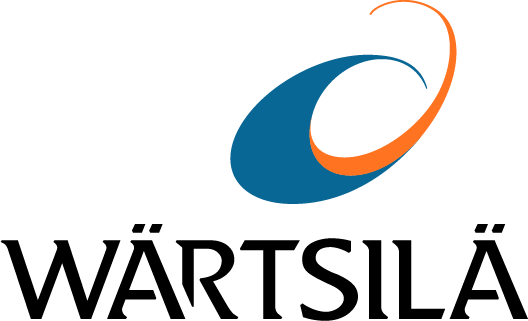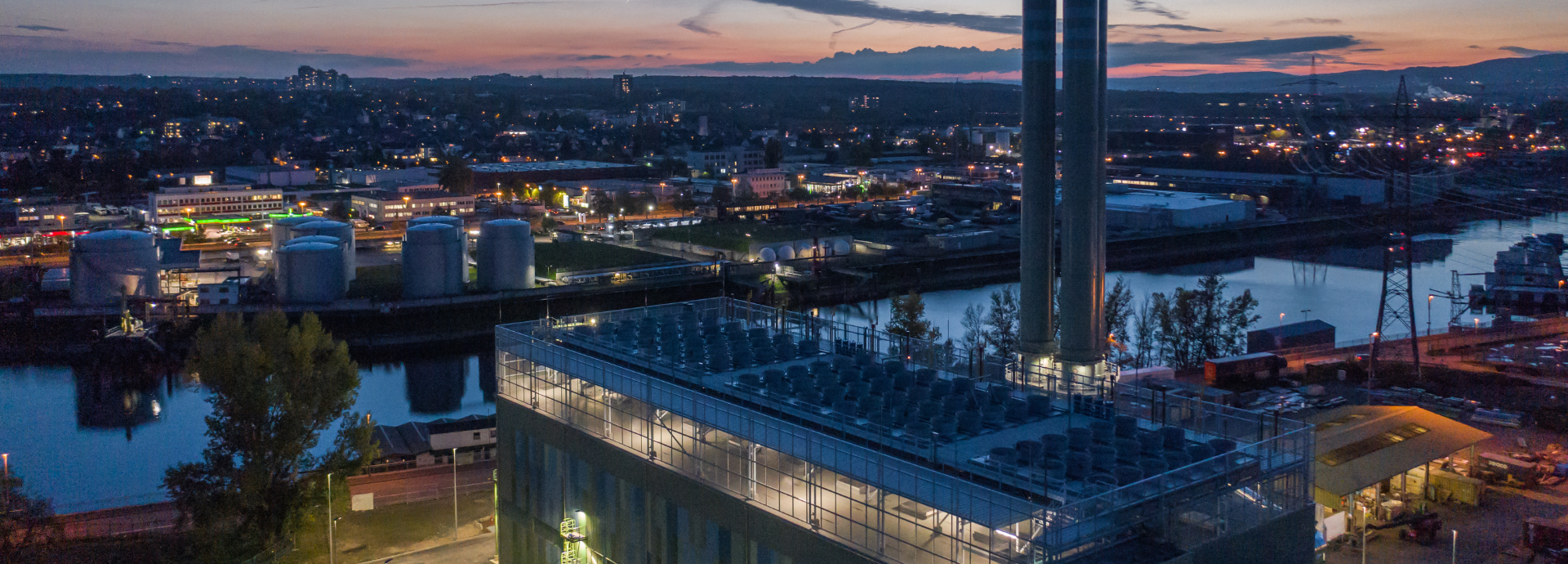

Decarbonising district heating is not a leap into the unknown but a measured relay race. Today’s gas-fired plants are evolving into energy hubs that underpin a future powered by renewables and zero-carbon fuels. This transformation—starting with a coal-to-gas shift, advancing through increased flexibility, and culminating in hydrogen readiness—offers a clear, pragmatic pathway to decarbonisation.
Clearing the Air
Coal-fired heating has long underpinned urban energy systems, yet its high CO₂ and pollutant emissions have become untenable under tighter environmental targets. Shifting to natural gas yields tangible benefits:
- Emission Reductions: Coal systems emit roughly 900 gCO₂ per kWh versus about 400 gCO₂ per kWh from modern gas-fired CHP units, thereby improving air quality and supporting public health and climate objectives.
- Enhanced Efficiency: Conventional coal boilers operate at around 50% efficiency, whereas gas-fired CHP units—with waste heat recovery—deliver efficiencies between 80% and 90%.
- Economic and Regulatory Drivers: Across Eastern Europe, cities are retrofitting outdated coal plants with modern gas technology, often leveraging EU funds. In Poland, early transitions have unlocked new revenue from heat sales, electricity markets, and grid balancing while cutting carbon costs.
Passing the Baton: Flexibility as a Game-Changer
In a relay race, precision in the handover is vital. Today’s flexible gas engines not only generate heat but also actively engage in electricity markets:
Market Optimisation: Beyond heat generation, these systems provide ancillary services such as frequency control and reserve capacity. Projects like the Skagen initiative have demonstrated that flexible gas-fired CHP can reach full load in just two minutes, stabilising the grid and generating revenue.
Policy Support for Flexibility: European and national policies now drive market flexibility by setting binding renewable targets and streamlining permitting processes. Recent capacity market reforms reward rapid ramping and ancillary services—key for integrating variable renewables and maintaining grid stability. Initiatives like the proposed Industrial Decarbonization Bank, a revamped Innovation Fund, and a simplified State Aid framework are de-risking and financing multi-functional district heating and cooling networks.
Real-World Success: Projects in Ringkøbing, Denmark (2021), Citigen in London (2022), and the McAlpine Creek Wastewater Management Facility in the USA (2020) illustrate this evolution. In Poland, modern gas systems in district heating are already paving the way for rapid decarbonisation and enhanced operational resilience.
Preparing for the Final Leg: Future-proofing with Hydrogen
In a relay race, the final baton pass must secure the win. Preparing systems for tomorrow’s fuels is essential:
Hydrogen‑Ready Solutions: Many gas engines currently support up to 25% hydrogen blends. Wartsila will offer full hydrogen-ready engines in 2025. This ensures that near-term investments remain robust as the energy landscape shifts.
Policy and Investment Trends: Evolving regulatory frameworks across Europe now mandate that new installations be' future-proof.’ In Germany and the Czech Republic, policies require new district heating assets to be hydrogen-ready, ensuring that today’s retrofits can evolve with tomorrow’s low-carbon technologies.
A Gradual Transition: The shift to zero carbon is incremental. Like a smooth baton handover, gradually increasing hydrogen content provides a controlled means to lower emissions without disruptive changes.
Conclusion
Decarbonising district heating is a relay race—each phase handing over seamlessly to the next. From the immediate gains of a coal-to-gas switch, through flexible systems that support renewable integration, to hydrogen-ready solutions safeguarding future investments, this staged approach delivers both short-term benefits and long-term resilience. It builds a robust, agile infrastructure capable of meeting evolving challenges. The strategy is evident in this race: clear the air, pass the baton precisely, and finish by future-proofing the energy supply. With evolving policy frameworks and targeted investments ensuring new installations are hydrogen-ready, today’s retrofits remain viable as the market shifts, ultimately paving the way for a sustainable, zero-carbon future.
For a deeper dive into these strategies and other critical insights, explore our comprehensive District Heating Decarbonisation Report.



